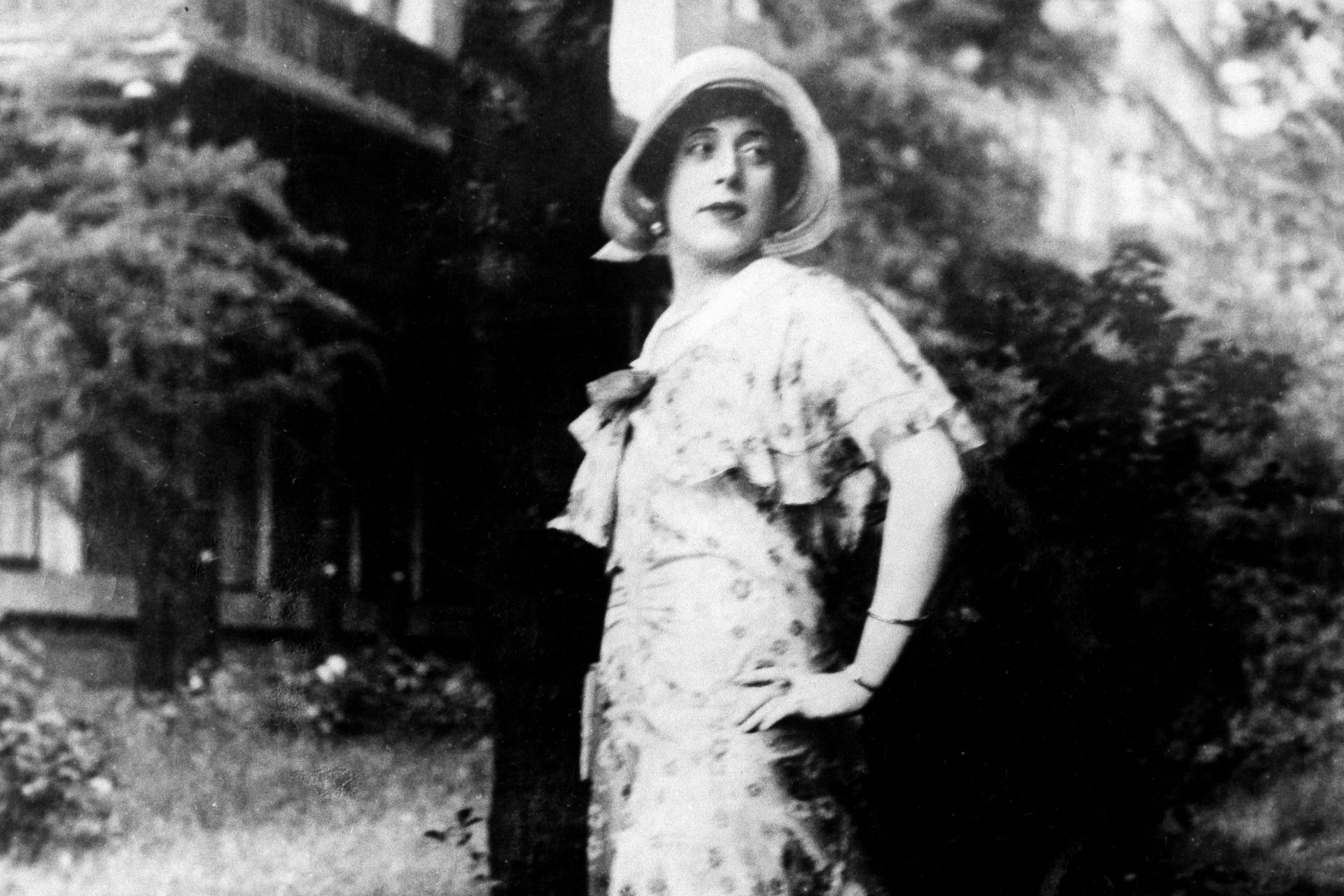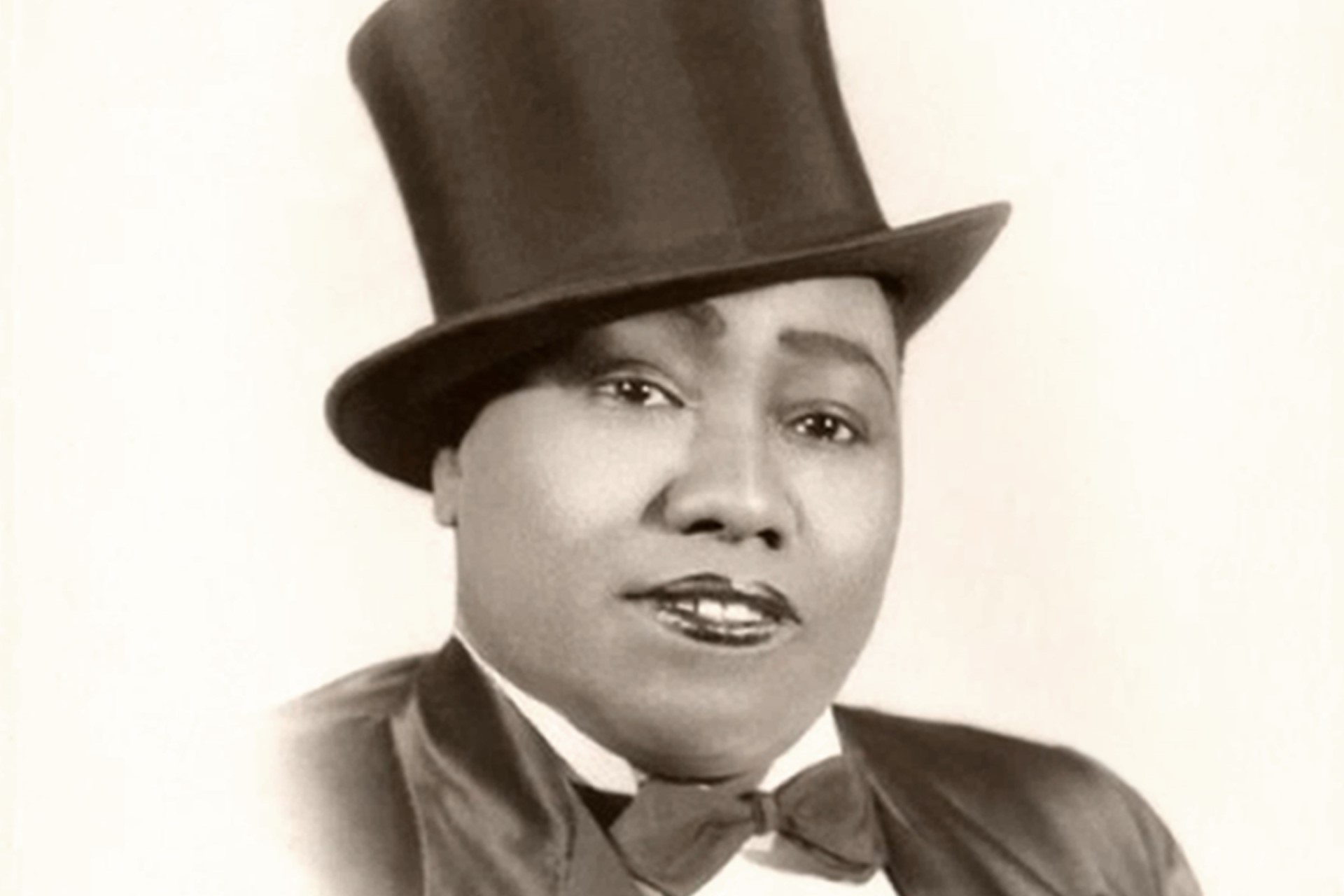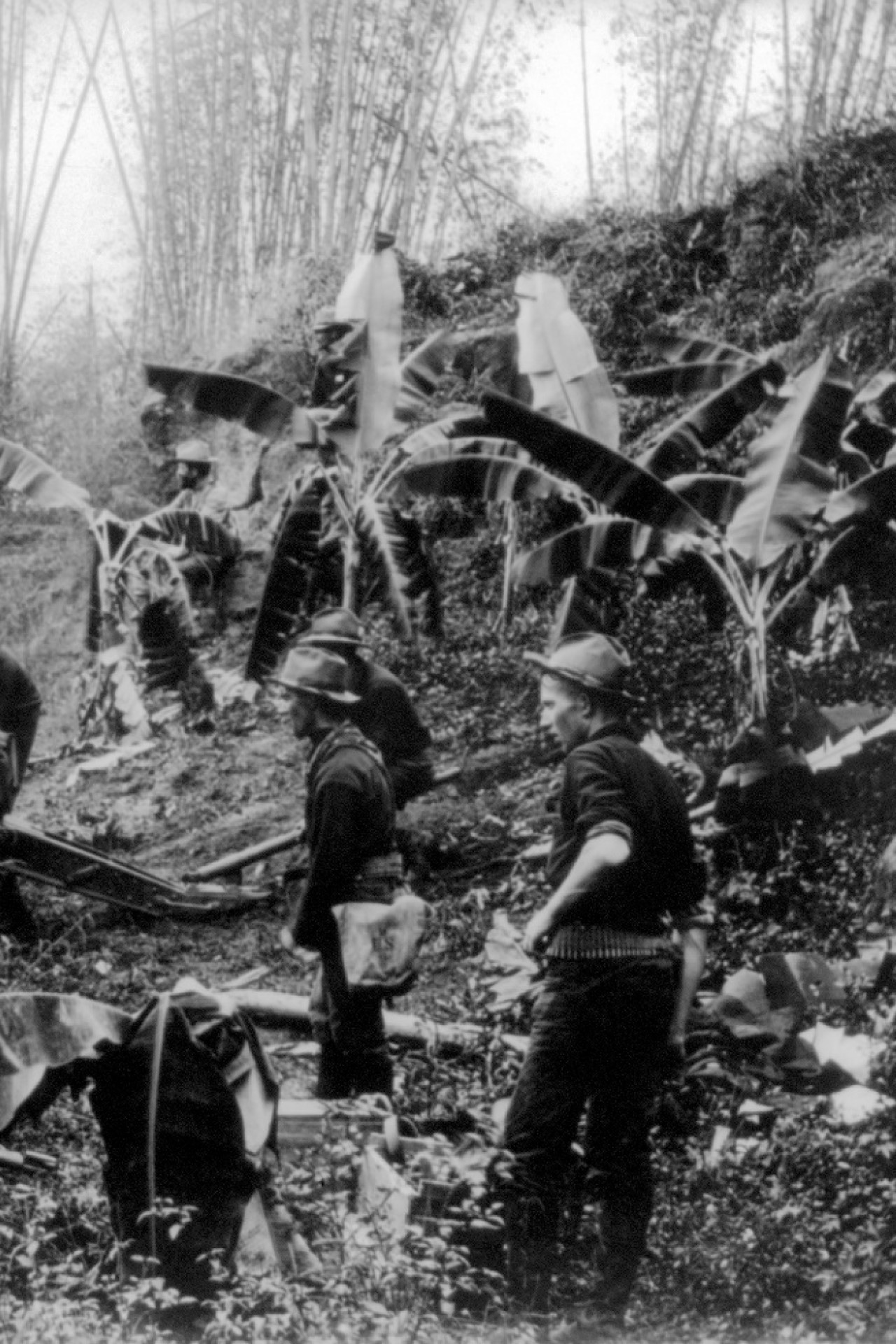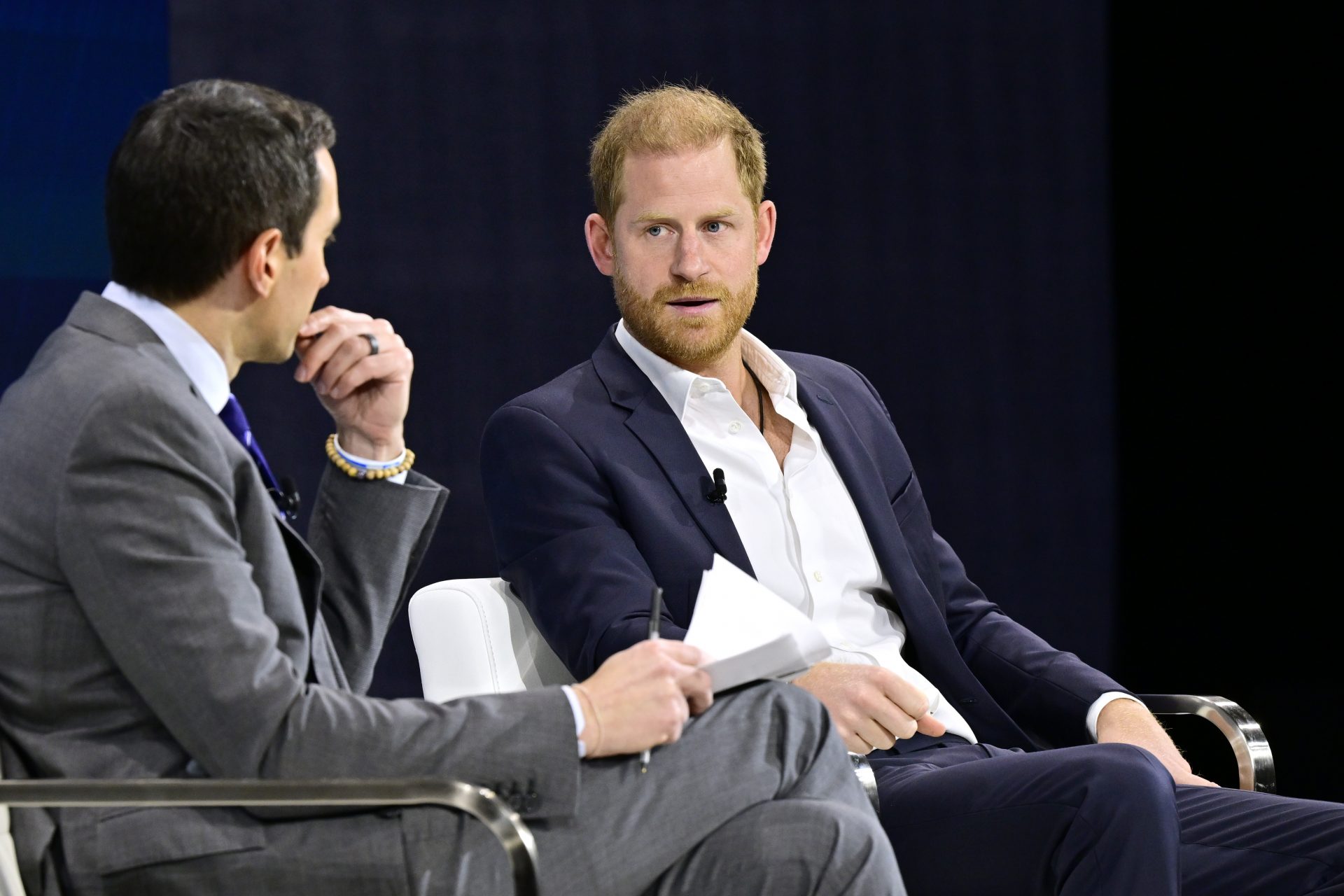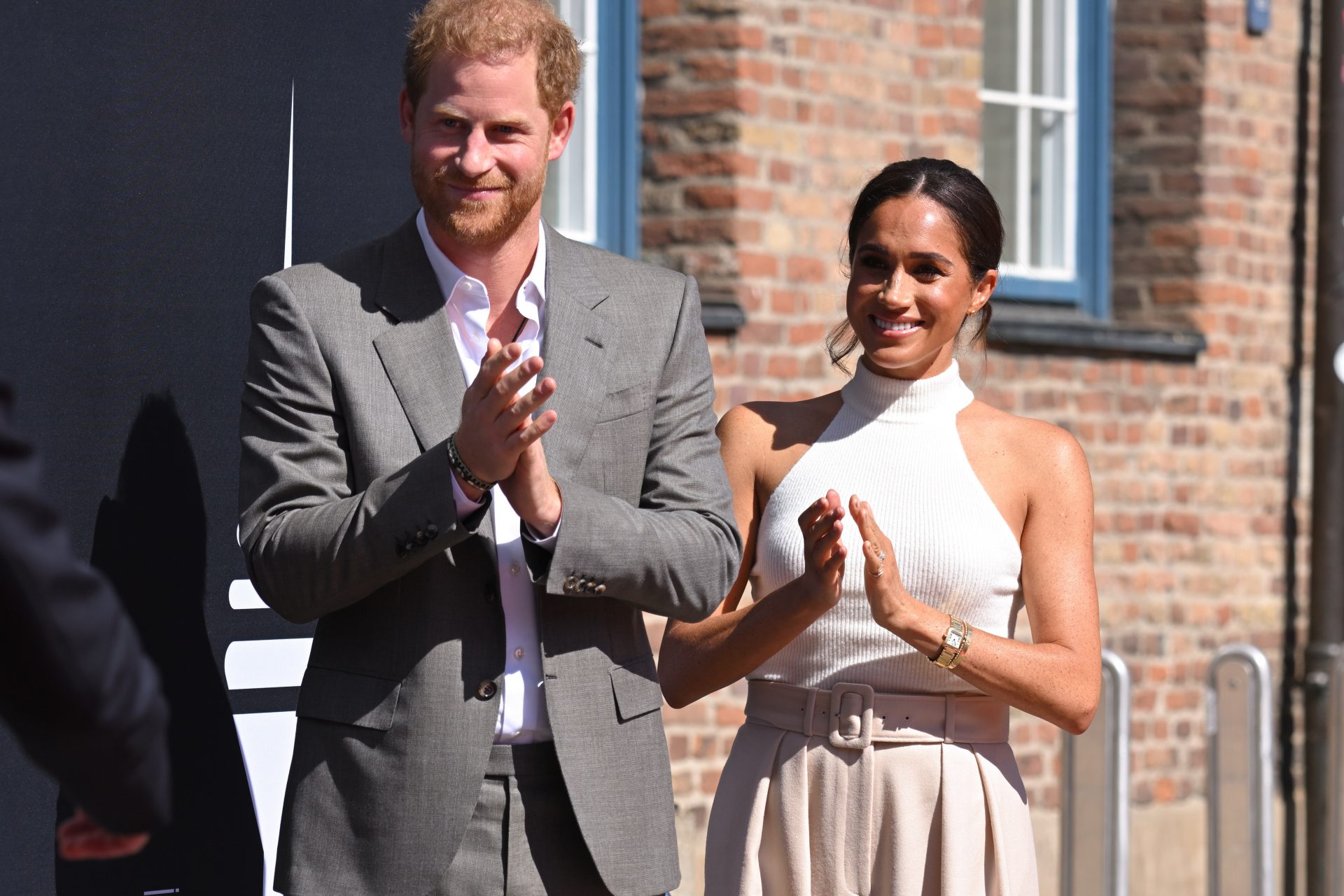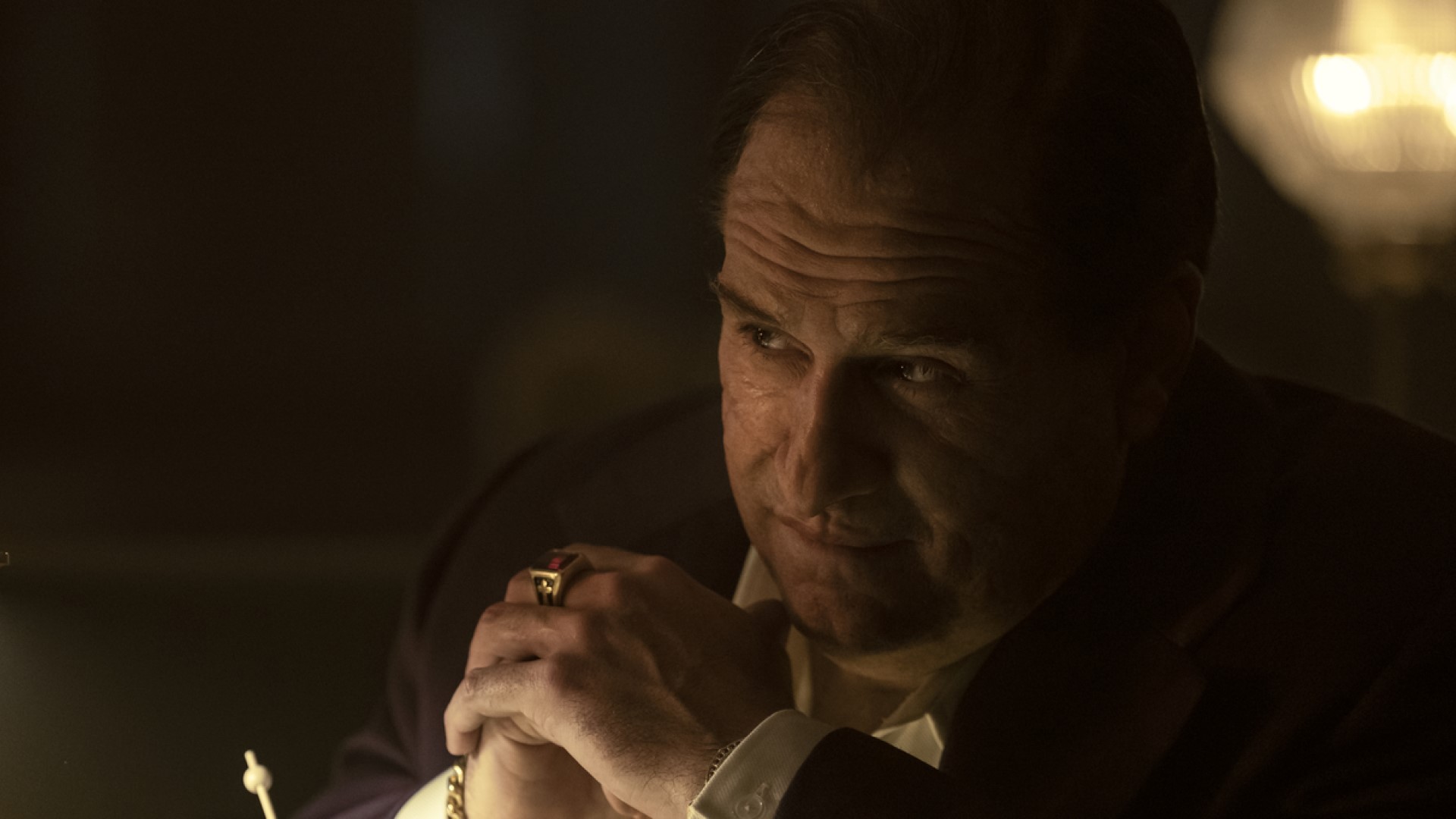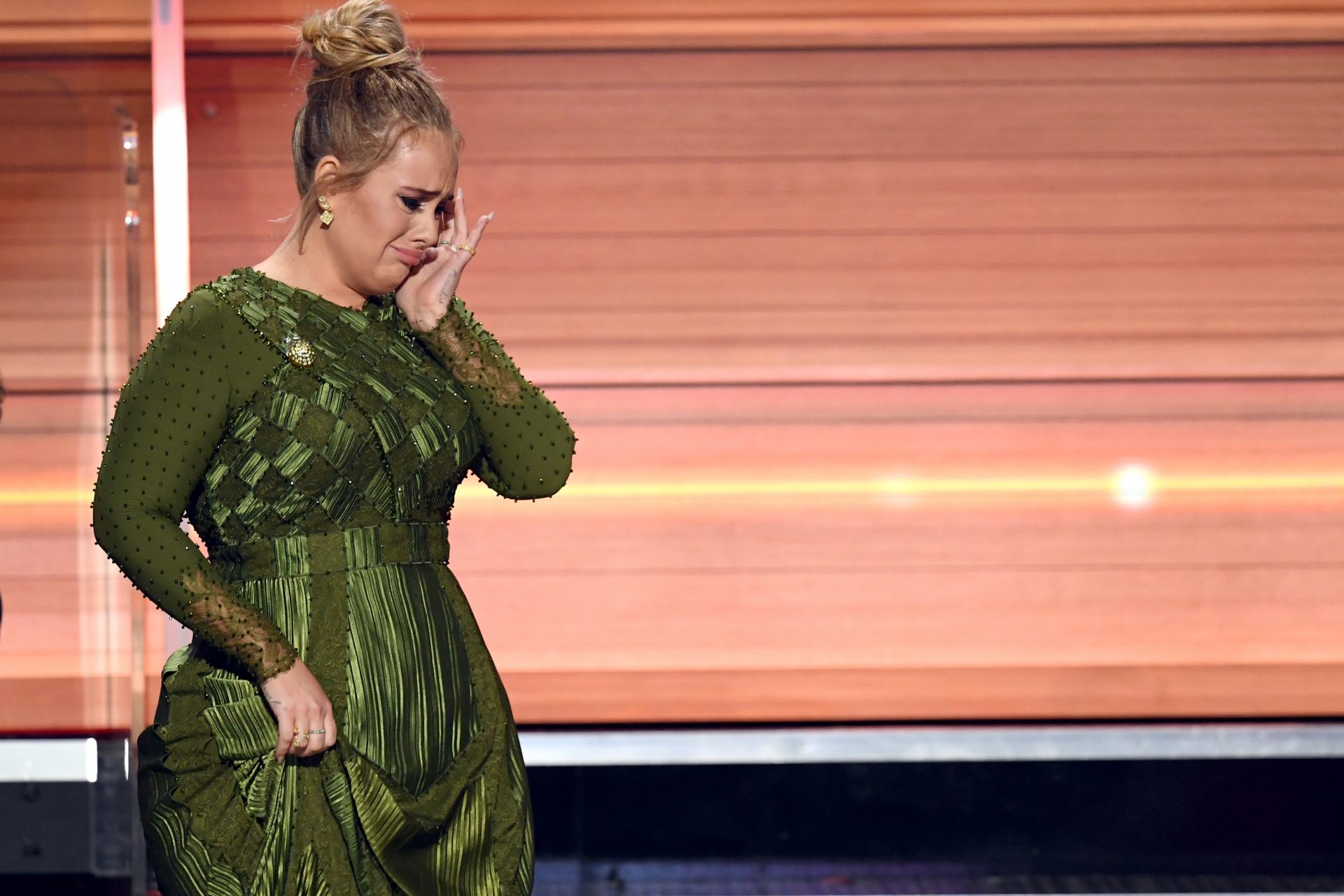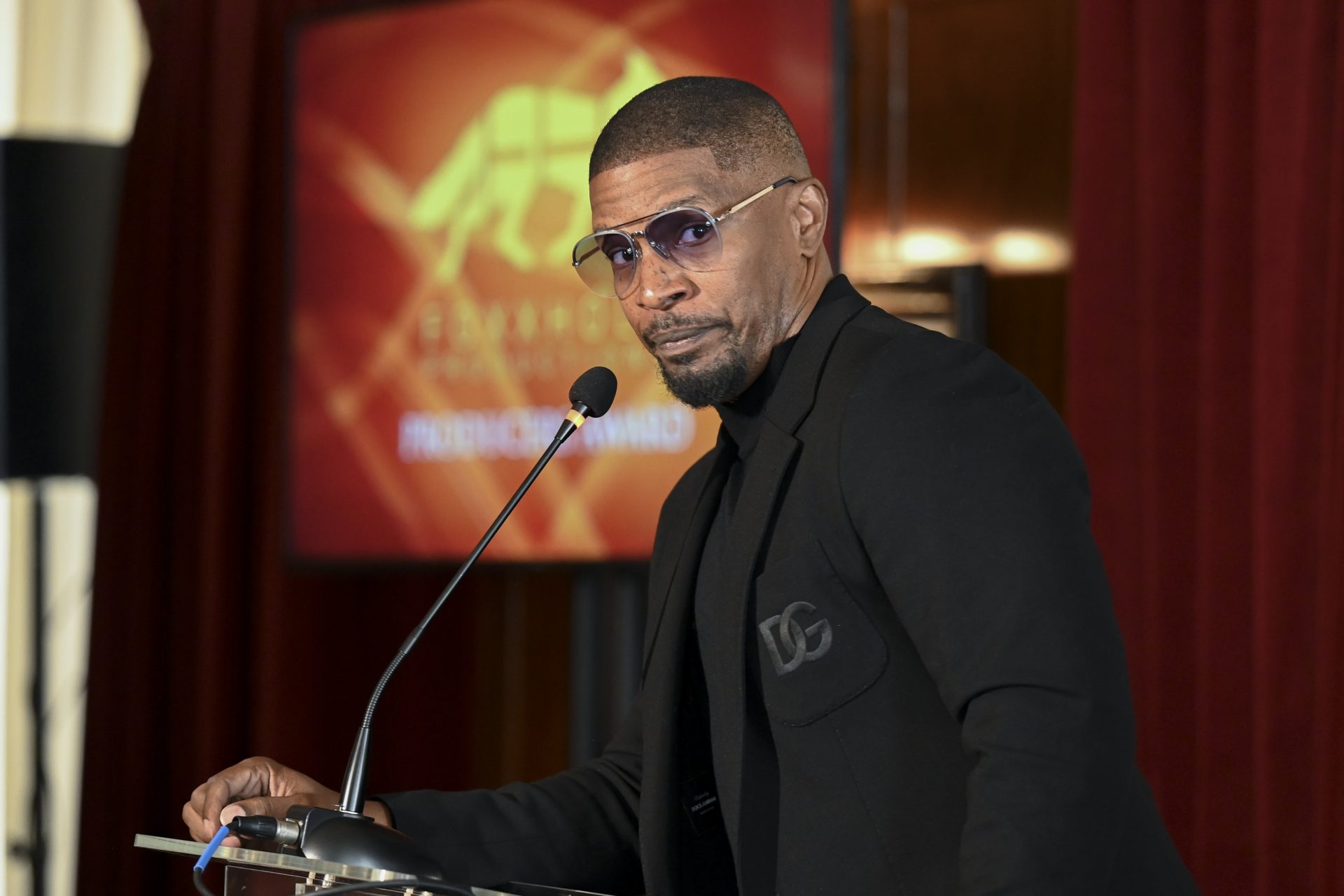Celebrating pride: a history of the pioneers who challenged gender norms
This Pride Month, we celebrate the courageous individuals who have defied societal expectations to live authentically. These pioneers of gender identity have not only questioned the roles assigned to them but also paved the way for future generations. Their stories inspire and challenge us to think beyond traditional boundaries and highlight the struggle for acceptance and equality in the LGBTQ+ community.
Born in Philadelphia in 1907, Gladys Bentley was an American blues singer and entertainer in New York in the 1920s. Gladys dressed in men’s clothes, sang songs with raunchy lyrics, performed in front of a chorus line of drag queens and was openly lesbian. During prohibition in New York, she relocated to California, where her music was hailed.
From an early age, Gladys defied gender norms, wearing her brothers’ clothes. Speaking to Ebony Magazine, she said, “it seems I was born different.” As a result of her dressing like a man and being attracted to women, she was often ostracized by her peers. Psychiatrists at the time later coined her behavior as a mental illness, and she ran away from home at 16.
As times changed, oppression grew. At one point, she had to carry special permits to dress like a man. Then, during the McCarthy era, she started wearing dresses and claimed she had been “cured” of her non-conformism by taking female hormones and undergoing an operation, she wrote in Ebony magazine.
“Differing from the traditional male impersonator, or drag king, in the popular theater, Gladys Bentley did not try to ‘pass’ as a man, nor did she playfully try to deceive her audience into believing she was biologically male. Instead, she exerted a ‘black female masculinity’ that troubled the distinctions between black and white and masculine and feminine,” wrote professor James F. Wilson.
Christine Jorgensen was an American trans woman who was the first person widely known in the US to have had sex reassignment surgery. She also had a successful career as a singer and actress.
Born George William, after her father, she was drafted into the US army at age 19 as a male. When she returned from the military, she was increasingly concerned about her gender and became convinced that she needed gender surgery. So she flew over to Europe, where a doctor got her started on hormone therapy and eventually performed gender reassignment surgeries.
Amid the transition, which she wanted to keep private, her story was leaked, and the papers began running headlines like “Ex-GI Becomes Blonde Beauty,” as was in the New York Daily News. Upon her return to the US, she was a major celebrity.
Seizing the moment, she opened a successful nightclub and frequently appeared in the media. In 1953, she published an article about her life, and in 1967, her memoir sold nearly 500,000 copies.
In 1959, she announced her engagement to a typist but could not get a marriage license as her birth certificate listed her as male. The New York Times reported that her partner lost his job in Washington DC over the relationship.
Before she died at the age of 62 of bladder and lung cancer, she told the Los Angles Times that she was proud of her legacy. “I am very proud now, looking back, that I was on that street corner 36 years ago when a movement started. It was the sexual revolution that was going to start with or without me. We may not have started it, but we gave it a good swift kick in the pants.”
Born in Germany in 1891, Richter was the first known person to undergo complete male-to-female gender reassignment surgery, which occurred in various surgeries in the 1920s and 1930s in Berlin. In 1933, a group of Nazis attacked the institute where she worked and which supported trans people. The institute’s records were eventually destroyed, and her fate is unknown.
Image: Dora Richter, hirschfeld.in-berlin.de / Wikimedia
Born Elvira Virginia Mugarrieta, he later adopted the male gender and lived as a man in San Fransciso’s Tenderloin District, where he had relationships with other men. When he died in 1936, the hospital was shocked to realize he was a biological female, and it became a leading news story.
Image: English: Engraving of author Jack Bee Garland from the Stockton Evening Mail, 9 October 1897 / Wikimedia
In 1899, he adopted the male identity of Beebe Beam and accompanied the US Army forces to the Philippine War, where he worked as a translator and nurse.
Image: US soldiers in the Philippines, Manilla by Perley Fremont Rockett, Library of Congress / Wikimedia
Lili Elbe was a Danish painter and one of the earliest recipients of gender-affirming surgery. Very well known, she inspired the 2015 film ‘The Danish Girl.’ She was born Einar Wegener sometime around 1882.
Image: From N. Hoyer, ed., 'Man into Woman. An Authentic Record of a Change of Sex. The true story of the miraculous transformation of the Danish painter Einar Wegener' (Andreas Sparre), p. 40 / Wikimedia
While studying at the Royal Danish Academy of fine arts, she married fellow artist Gerda Gottlieb when she was just 22 and before she transitioned. Her father was a Lutheran vicar. The couple traveled and moved to Paris, where Elbe could live more openly as a woman.
Image: Photo of Gerda Wegener as bride (1904) by C. L. Wilhelm Kihlstrøm (1870–1923) / Wikimedia
Elbe began dressing in chic women’s clothing and modeled for her wife Gottlieb. But by the 1930s, Elbe was frustrated and even on the verge of taking her own life because her transition was incomplete. That’s when she sought out the trans clinic in Berlin that also performed surgery on Dora Richter and began to surgically transition.
Painting: Lili Elbe by Gerda Wegener, 1920s / Wikimedia
With the medicine still experimental, in 1931, she became the first known recipient of a uterus transplant, which she hoped would allow her to get pregnant. However, she died three months later of a heart attack as her immune system rejected the new organ.
Image: From N. Hoyer, ed., 'Man into Woman. An Authentic Record of a Change of Sex. The true story of the miraculous transformation of the Danish painter Einar Wegener' (Andreas Sparre), p. 40 / Wikimedia
Alan L. Hart was an American doctor, radiologist, prominent tuberculosis researcher, and the author of four novels. In 1917, he was one of the first trans men to undergo a hysterectomy in the United States, a surgery that entails removing the uterus. He also began taking testosterone once it was available in 1920.
Image: Alan L. Hart in 1943, AJPH / Wikimedia
Born in 1890 in Kansas as Alberta, Hart wrote that during his childhood, he was happiest presenting as male and playing with boys’ toys. He convinced doctors to help him transition with a eugenic argument, saying that a person with an “abnormal inversion” such as his shouldn’t be able to have children. After the surgery, he legally changed his name to Alan.
Image: A photograph of baby Lucille Hart (later Alan Hart), 1911 college yearbook / Wikimedia
Alan struggled with people outing him as trans throughout his life, though he generally fought to keep his identity private. Although, in an interview with his local paper, he said he was happier since he made the transition and was “ashamed of nothing.” He married and divorced one woman, and then married another, with whom the union lasted until he died in 1962.
Image: Alan L. Hart (then Lucille A. Hart) to the right, 1911 yearbook of Albany College / Wikimedia
Born in the Spanish city of Gijon in 1928, Alberto Alonso Blanco, better known as el Rambal, was known in his community for washing clothing at outdoor public laundry spaces, which was a typically feminine activity. Even though he lived in a fascist dictatorship, he was openly gay. In 1976, he was stabbed to death.
Image: Via @damiandbm / Twitter

